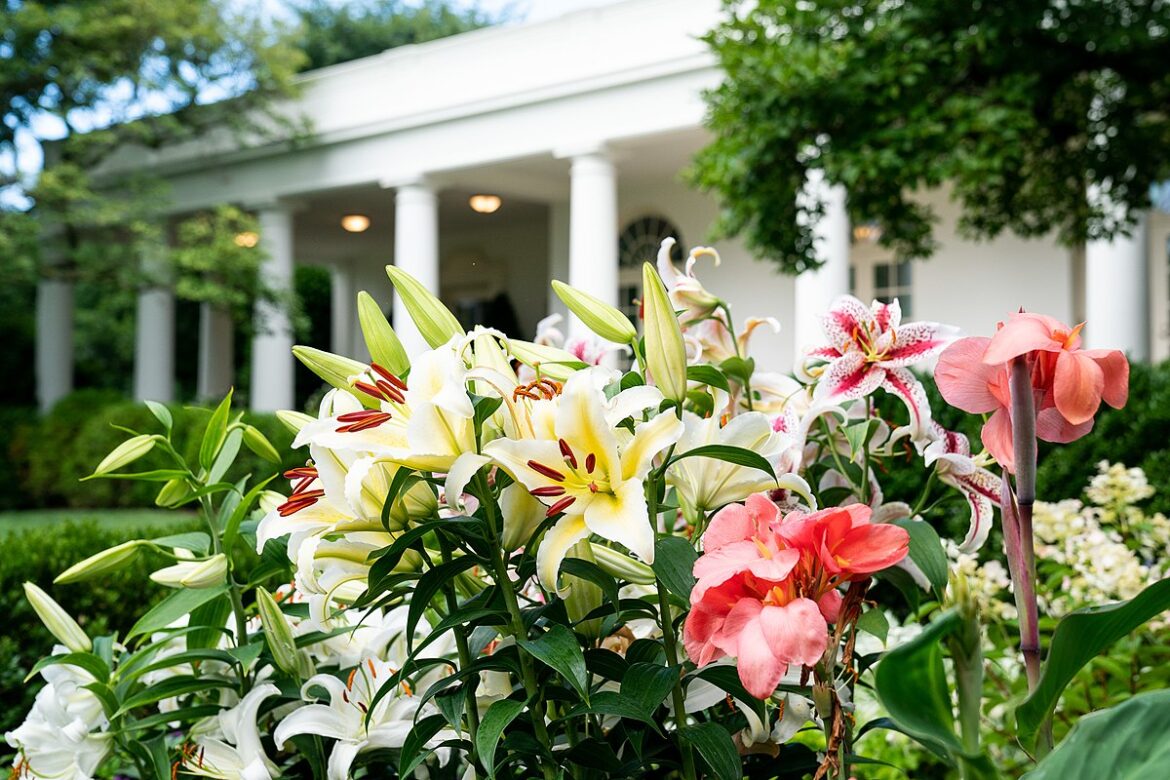Breaking: Trump Launches Landmark Religious Freedom Task Force, Challenges Secular Boundaries

In a bold move that sparked significant debate, President Trump established a Religious Liberty Commission, boldly challenging traditional interpretations of church-state separation. During the commission's launch, he made a provocative statement, urging stakeholders to momentarily set aside long-standing constitutional boundaries between religious institutions and government.
The unprecedented initiative signaled a dramatic shift in how religious freedom would be approached at the highest levels of government. By creating this commission, Trump sought to amplify the voice of religious communities and explore new frameworks for understanding religious liberties in contemporary American society.
His direct call to "forget about [separation of church and state] for one time" underscored a willingness to reexamine established legal and constitutional norms. This approach aimed to provide religious organizations with greater influence and potential policy-making opportunities, while simultaneously challenging decades of judicial precedent.
The commission's formation represented a significant moment in the ongoing dialogue about religious expression, governmental neutrality, and the complex relationship between faith and public policy. Critics and supporters alike recognized the potential far-reaching implications of this bold governmental restructuring.
